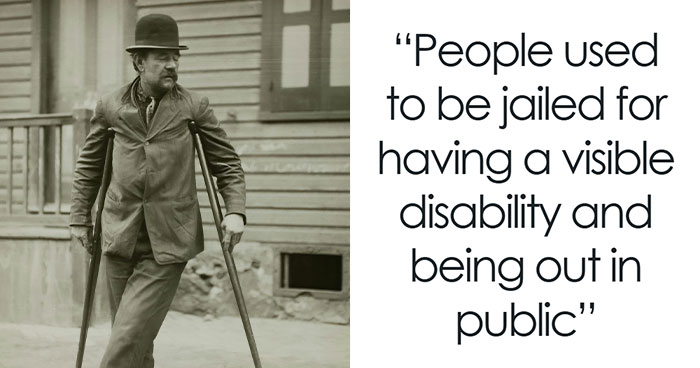In December 2017, India based wildlife conservation NGO, ‘Wildlife SOS’ received a heart-breaking piece of information that two dancing bears were spotted at a remote part of the Indo-Nepalese border. Unfortunately the traffickers who had the bears swiftly moved into Nepal territory where the Indian police and enforcement authorities no longer had jurisdiction.
Sloth bears have historically been poached as cubs from the wild to perform “dances” on the streets for the entertainment of people. This brutal practice involves puncturing a hole through the muzzle of the bear and forcing a rope through it so that every time the owner tugged on the rope, a painful sensation would make the bear “dance.”
Perhaps, the Lady Fortune spun her wheel a little generously, for the two distressed bears were soon confiscated by the Nepal Enforcement officials. 19 year old ‘Rangila’ & 17 year old ‘Sridevi’ were moved to their temporary home at Kathmandu Zoo. However, this was just the beginning of a long tedious journey to repatriate the two bears to the Agra Bear Rescue Facility (ABRF) run by Wildlife SOS in India. It is the largest Sloth Bear Rescue Facility in the world and currently houses nearly 200 rescued sloth bears in large forested enclosures where they receive long term medical treatment and lifetime care.
Wildlife SOS with the help of Jane Goodall Institute, Nepal started liaising with the Indian and Nepalese government respectively to prepare the necessary permits and documents required to move the bears to Agra. However, it was easier said than done- the matter quickly became of national importance in Nepal, with the members of Federal Parliament of Nepal critically weighing the pros and cons of the repatriation amongst themselves.
Meanwhile, with every passing day the bears were becoming more anguished and frailer. As fate would have it, Sridevi the female bear couldn’t continue fighting anymore and succumbed to death, leaving behind Rangila the surviving male bear. Sridevi’s early death not only broke our hearts, but also fuelled us to work harder to get her companion, Rangila, out of Kathmandu Zoo before it was too late. Wildlife SOS and the Jane Goodall Institute worked tirelessly for seven months, and finally, the fateful day to rescue Rangila arrived in July 2018.
Wildlife SOS’ animal ambulance was prepared and loaded with supplies for the long journey, and critical documents were set in place. With this, the zealous team of Wildlife SOS reached the city of Kathmandu to undertake the repatriation mission. After embarking on a nearly 1000 kilometre long journey across international borders, Rangila finally arrived at the Agra Bear Rescue Facility in Uttar Pradesh accompanied by a team of expert rescuers, veterinarians and paravets from Wildlife SOS.
Rangila is now settling into his new forever home and we are happy to see that he is slowly discovering the joys of being a free, healthy bear!
More info: Facebook
Rangila at the Kathmandu Zoo
The Wildlife SOS team and zoo authorities transferring Rangila to the Animal ambulance for transport
Rangila enjoying a quick watermelon break during the long journey
Rangila playing with an enrichment for the first time
Rangila’s Rescue Journey From Nepal To India
2Kviews
Share on Facebook
 Dark Mode
Dark Mode 

 No fees, cancel anytime
No fees, cancel anytime 






















































2
1